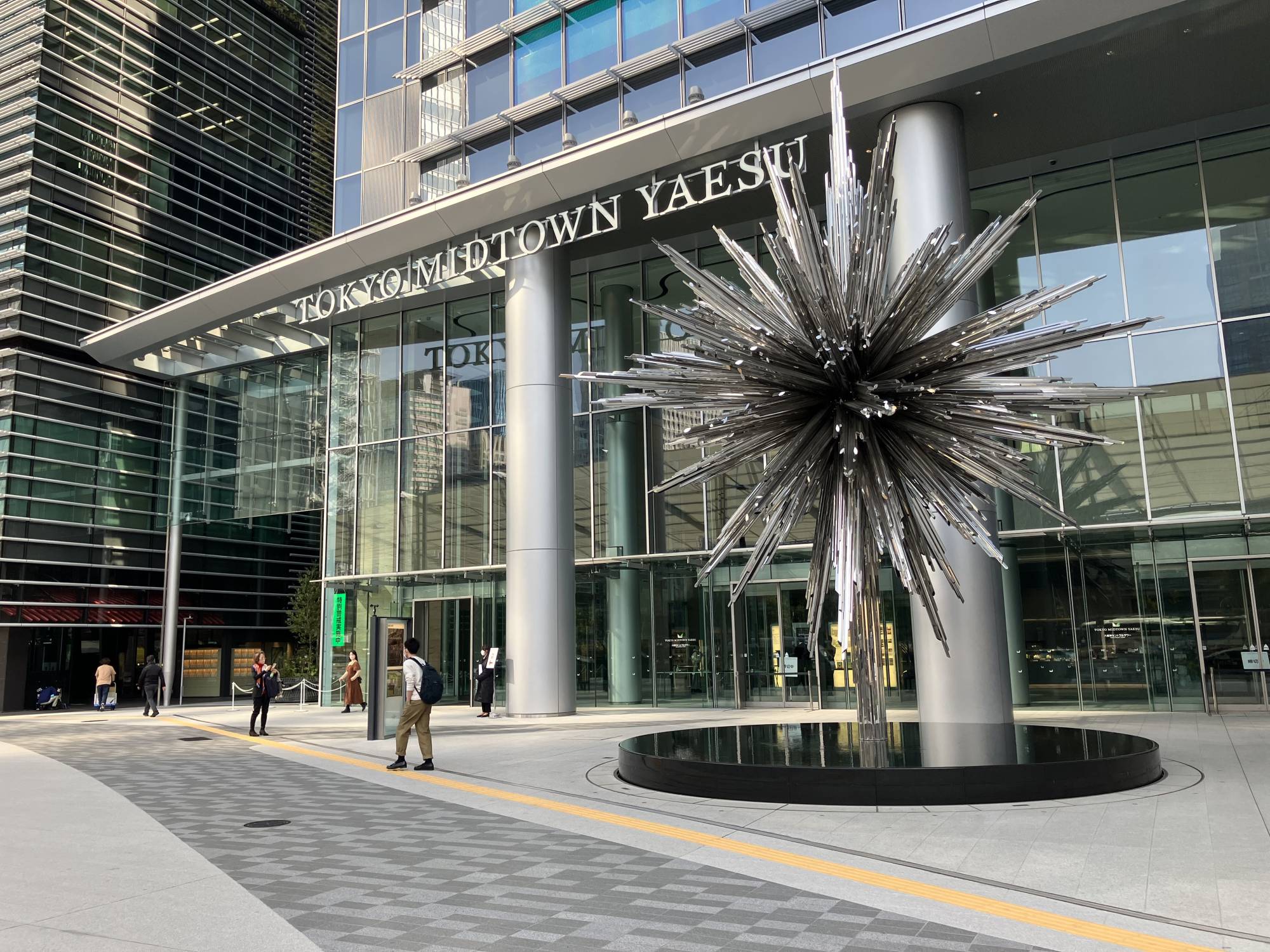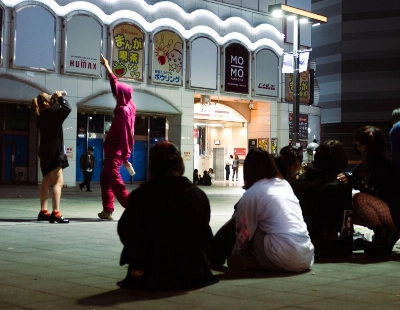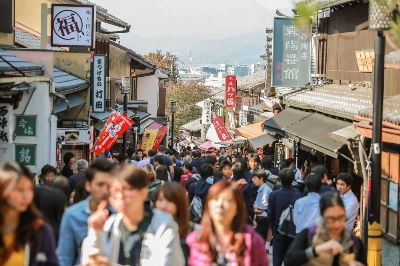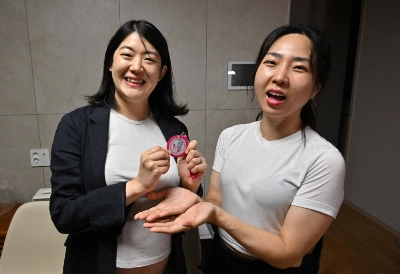Tokyo’s central areas are known as premium, popular office locations, with a host of major company headquarters concentrated there and upscale workplaces seen as a status symbol.
Yet the vacancy rate of offices in the capital has actually been increasing in recent years due to the spread of remote work amid the pandemic. Against that backdrop, a massive supply of new office space is set to open in Tokyo this year as a number of redevelopment projects reach their completion.
Major developers are confident that the demand for high-class offices in central areas will be robust, as more companies are focusing on the importance of face-to-face communication. But some industry observers say that the outlook is uncertain.



















With your current subscription plan you can comment on stories. However, before writing your first comment, please create a display name in the Profile section of your subscriber account page.